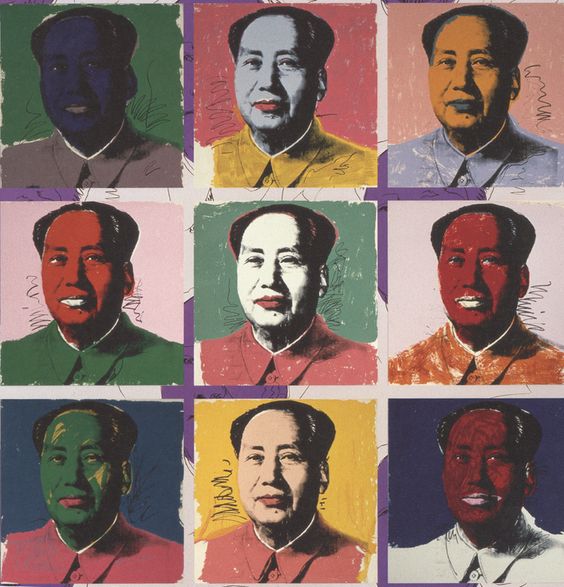On why much art must be destroyed, while some can be allowed to survive:

Our purpose is “to ensure that literature and art fit well into the whole revolutionary machine as a component part, that they operate as powerful weapons for uniting and educating the people and for attacking and destroying the enemy, and that they help the people fight the enemy with one heart and one mind.”
Further:
“In the world today all culture, all literature and art belong to definite classes and are geared to definite political lines. There is in fact no such thing as art for art’s sake, art that stands above classes, art that is detached from or independent of politics. Proletarian literature and art are part of the whole proletarian revolutionary cause; they are, as Lenin said, cogs and wheels in the whole revolutionary machine.”
(Source: Mao Zedong, “Talks at the Yenan Forum on Literature and Art” (May 1942), Selected Works, Vol. III, pp. 70 and 86.)
Mao was an atheist, in line with standard Communist ideology, but the same argument was and is made by many theists (Muslims, Christians), changing only religion for politics. In all such cases, art is not seen as an individual expression and response but as subordinate to some collective or supernatural authority. Consequently, art could not be free but rather obedient to or, if necessary, sacrificed for that alleged higher authority.
Related: Plato on censoring artists — a summary.